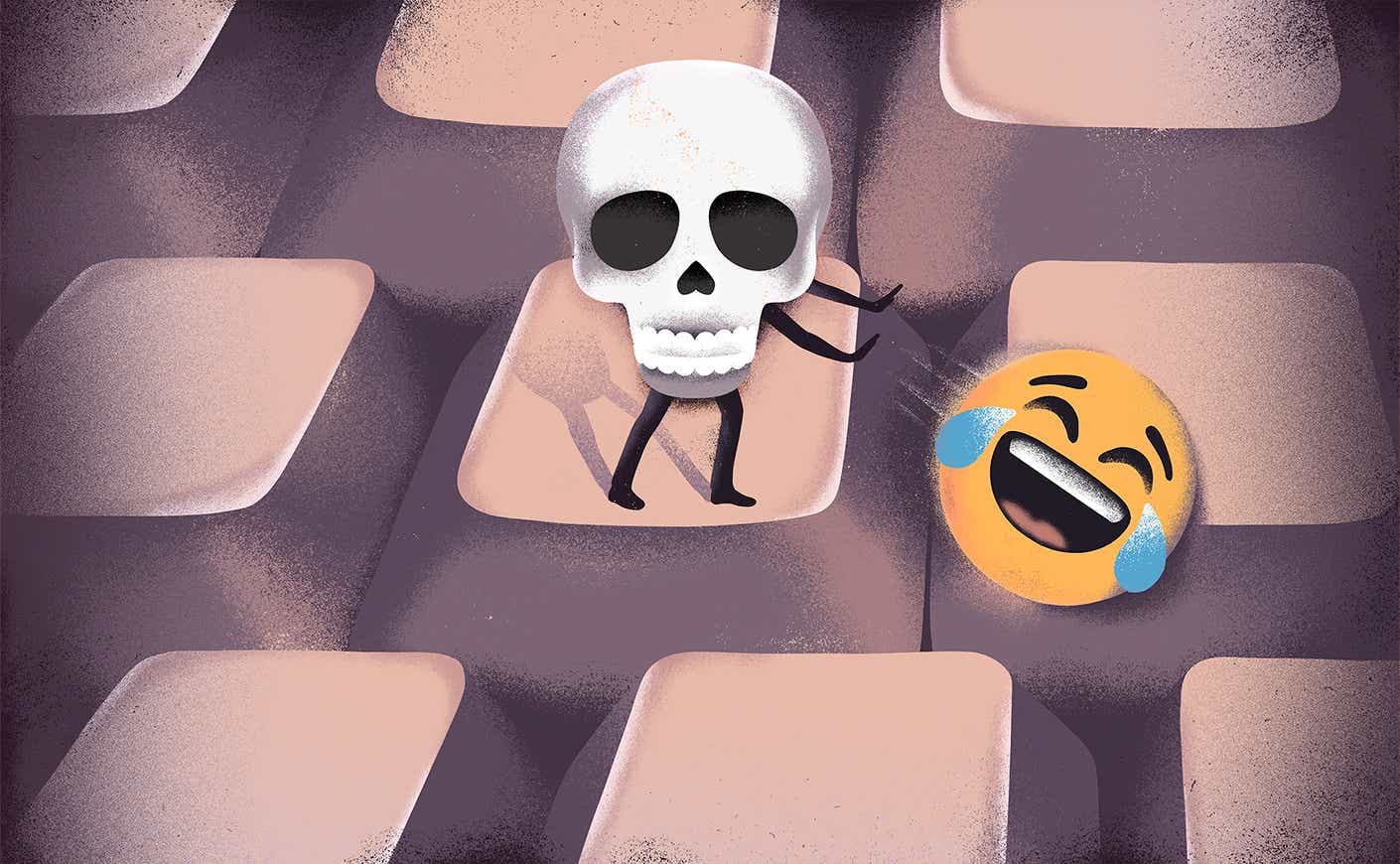Want to start a fiery debate? Open up your group chat and ask if keeping your read receipts on, so recipients can see if you’ve opened their text, is rude. Or, is “reacting” to an iMessage a conversation killer? Philosophers have spent centuries debating these age-old quandaries but have come to little solution. (Kidding, but inquiring minds want to know!) Text messages can notoriously cause miscommunications since you can’t always interpret tone through the written word. Even emojis, those little icons that were invented to make it easier to digitally communicate emotions, can be deceptively difficult to decode — and create a whole host of problems if you’re using them wrong. (If you ever sent LOL thinking it meant “lots of love,” you probably know all too well the pitfalls of misreading online shorthand.) When it comes to these tiny faces, there’s a whole slew of emoji faux pas out there that you might unknowingly be making, some more serious than others. So before you go sending a thumbs-up reaction to something that sounds good, read on, because here are some unspoken rules of emoji etiquette.
The crying laughing emoji is cringe
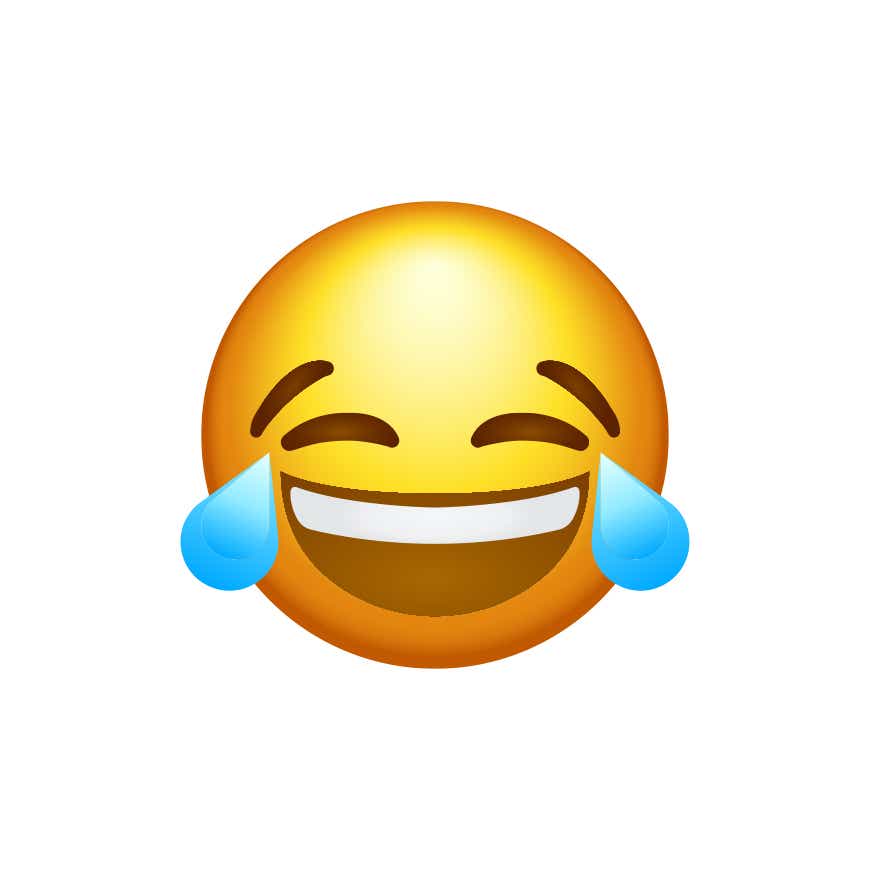
Looking for a way to signal that you’re unhip? Next time you want to express that something made you laugh, use the crying laughing emoji — the one that’s smiling with tears coming out of its eyes at 45-degree angles. Although in 2015 it was the most-used emoji worldwide, it has since fallen out of favor with younger generations. This emoji was declared uncool in 2021, along with skinny jeans and side parts, two hallmarks of millennial culture. Apparently, Gen Z has eschewed this extremely illustrative depiction in favor of something a little edgier: the skull emoji.
What does the skull emoji mean?

“What does a skull have to do with laughter?” you might be wondering. I’m not an etymologist, but it goes back to the phrase “dying laughing,” which, over the years, has morphed into “I’m dead.” The symbol version of that is the skull emoji, which is why it’s now replaced the crying-laughing emoji. Or if you want to get extra spicy and you're laughing really hard, you can use the tombstone.
The “OK” hand symbol probably doesn’t mean what you think
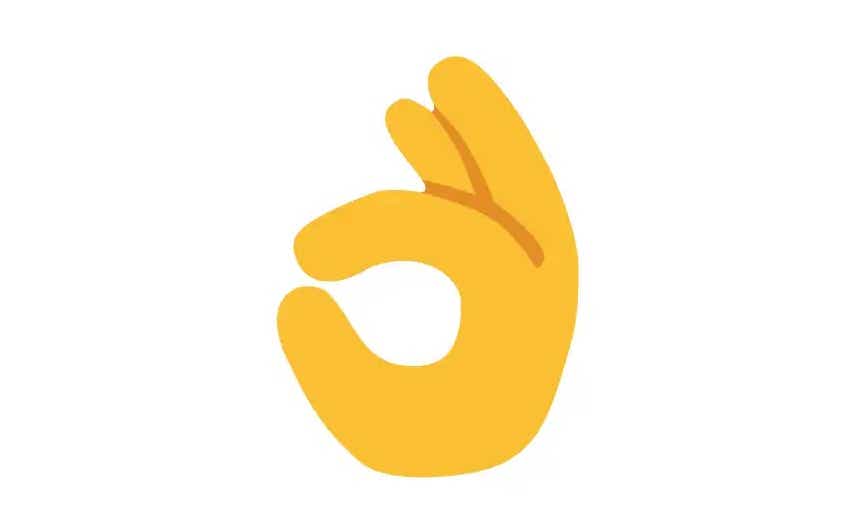
You know when you form a circle with your index finger and thumb to indicate everything’s OK? Well, this isn’t just an emoji issue, but this hand gesture is a symbol of the alt-right. In 2019, the Anti-Defamation League added the gesture to its “Hate on Display” database, which tracks the symbols hate groups use. Oren Segal, the vice president of the ADL’s Center on Extremism, told NPR, “More people than not will use the OK symbol as just 'OK,’” but added, “I think it's important for people to understand that it could be used, and is being used, for hate as well." As always, context is key, and knowledge is power. There are other ways to express that something is fine (might we recommend the green check mark?) — you don’t have to use this problematic symbol.
What does the eggplant emoji mean? Avoid fruit and vegetable emojis unless you’re trying to flirt
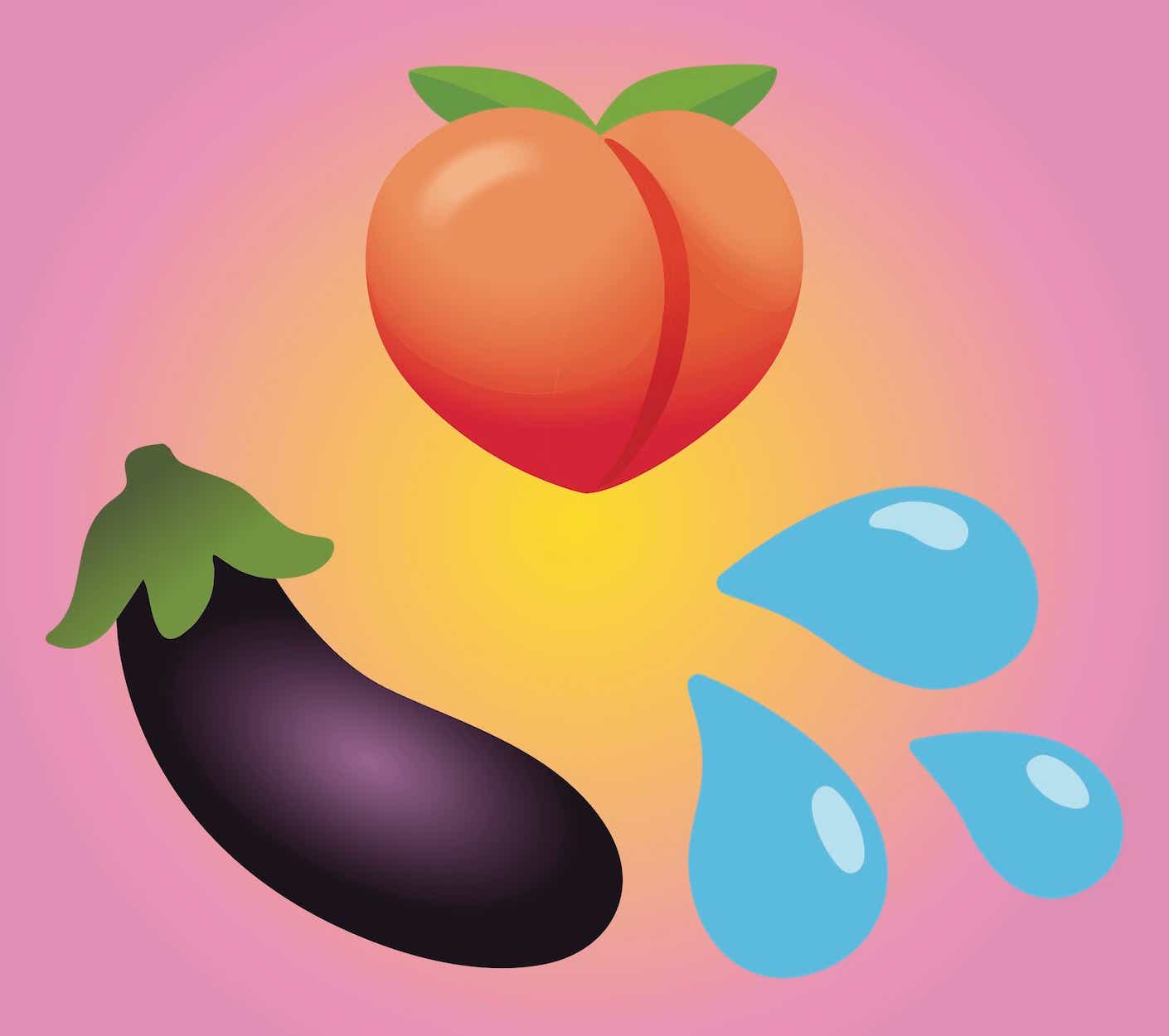
Let this be a warning — just about any fruit or vegetable emoji can give off a sexual connotation, even outside the obvious ones, like the eggplant (which is a stand-in for male genitalia) and the peach (the derrière). Cucumber? Obviously — it’s phallic-looking. Cherries? Even those! And while we’re here, be warned that the winky emoji is also flirty, albeit less outright sexually suggestive.
Is the thumbs-up emoji canceled?
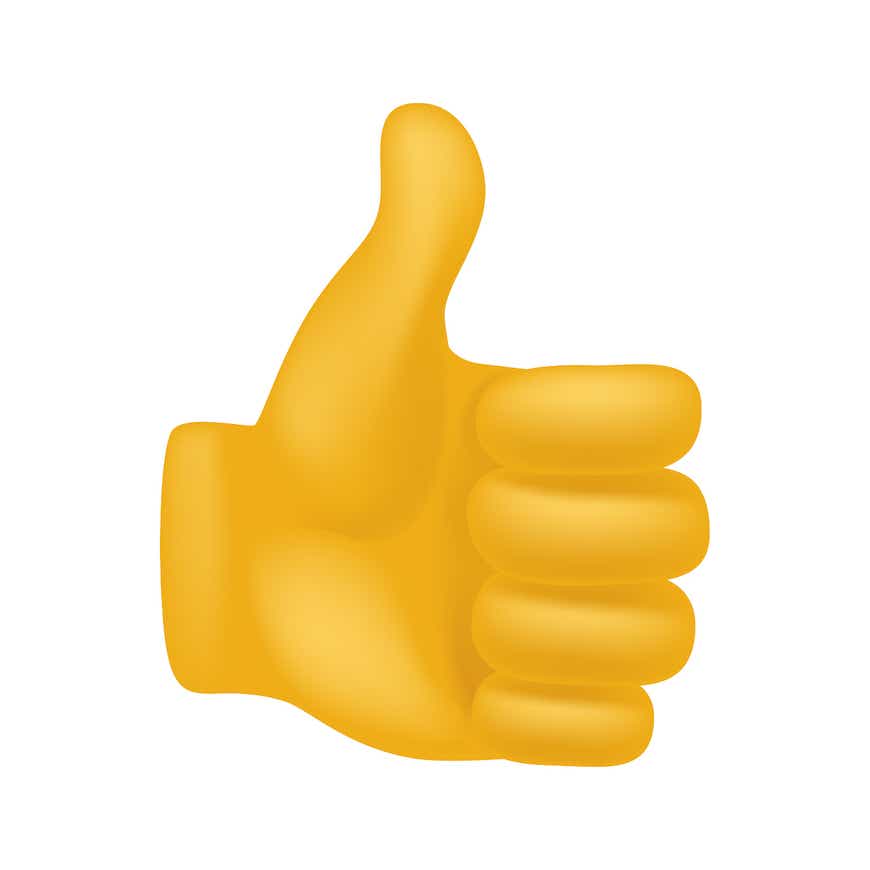
This one would probably come as a shock to all the dads who basically only communicate with the thumbs-up emoji, but sending this icon — especially as a response to positive news — has the impact of sending the middle finger. That’s just not the consensus of me, my friends, and Real Housewives of Salt Lake City’s Lisa Barlow and Heather Gay — an emoji expert (new dream job) told The Daily Mail, “People from younger generations are trying to avoid the thumbs-up emoji as they see it as passive-aggressive and a low-effort response.” Having been on the receiving end of many a thumbs-up text, the reason it feels like such a slap in the face is that it’s basically on par with a “K” text. Or, God forbid, ending your text with a period. All of these come across in text as short, dry, and dismissive and feel like the visual representation of someone half-heartedly saying, “Cool” with a shrug.
Should you change your emoji skin color?
For a long time, everyone got one set of emojis to choose from, the standard yellow hands and faces, but in 2015 different skin tones for emojis were rolled out. Unicode, the standards body for the internationalization of software and devices, explained the decision by saying, “People all over the world want to have emojis that reflect more human diversity,” and indeed, a 2018 study found that “users take advantage of emoji skin tone modifiers to represent an important aspect of their identity.” At the same time, The Atlantic found that white people were more likely to use the default yellow emoji — which isn’t inherently problematic, it just shows that emojis were never race-less in the first place.
That said, the range of emoji shades does pose some problems, because many people’s skin tone does not fall neatly within the five shades offered in emojis.

"I present as very pale, very light-skinned. And if I use the white emoji, I feel like I'm betraying the part of myself that's Filipino," Heath Racela, who’s three-quarters white and one-quarter Filipino, told NPR. "But if I use a darker color emoji, which maybe more closely matches what I see when I look at my whole family, it's not what the world sees, and people tend to judge that."
On the flip side, issues arise when white people use darker emojis to represent themselves — maybe because they're naturally more tan, or because they have brown hair. (The one brown-haired emoji also has darker skin; the dark-haired pale emoji has black hair.) That can create tension because, as Code Switch’s Kumari Devarajan put it for NPR, “When we step into the digital world, it's easy to feel like we can leave our IRL identities behind. But the power dynamics that exist in real life don't disappear just because we're hidden behind a screen.” Digital blackface — where white people co-opt Black facial expressions or reactions, slang, or imagery for comedic relief — has been an issue for years. (Using a reaction gif of a Black person to express a particular emotion where equally applicable gifs of a white person exist is a prominent example.)
Furthermore, sending Black emojis, for example, could inadvertently be perpetuating certain stereotypes. Are you using Black hands clapping to punctuate your sentences for emphasis? Consider the type of assumption or stereotype that kind of choice is based on. Also consider the fact that clapping to emphasize a point is something Black people have been doing for years, and white people only started picking up on around 2016 — just like many, many trends started within the Black community.
As with any kind of digital communication, it’s important to be mindful of the messages you’re portraying, even unintentionally. And while keeping up with all these changes can be confusing and frustrating, the beauty of the internet is the answers are just one search away.







